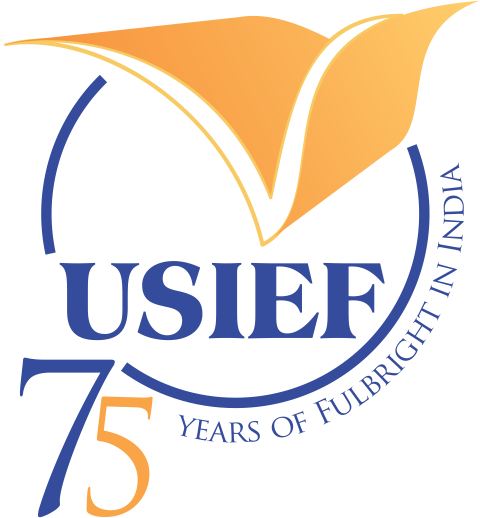As a graduate from Emory University with aspirations of entering the medical field and a passion for mathematics and computer science, Anish Bagga seeks to connect the medical world with math and machine learning. By bridging these fields, he hopes to bring a unique approach to patient care and medical research. At Emory, he was involved with the Emory International Relations Association as the head delegate of the Model UN team and also helped found Oxford’s Asian Pacific Islander Desi American Activist organization. Anish’s current research involves modeling influenza reassortment, building a computational model of the human thyroid hormone, and using machine learning to reconstruct electrocardiography profiles. His research in influenza resulted in a publication which stated that avian hosts do not stringently select against less-fit influenza A virus (IAV) strains, thus facilitating the reassortment of diverse IAVs which increases the likelihood of zoonosis. His second publication regarding influenza A reassortment ascertained that the respiratory structure within a host like swine could support increased diversity through reassortment; this he did through the construction of reassortment simulations in non-compartmentalized respiratory systems and compared its results to the data from the extensively compartmentalized swine lungs. Based on the results, it was determined that compartmentalization does not increase viral diversity; instead, it provides pockets where viruses that are less fit for swine but more fit for humans can thrive. The research helped elucidate the importance of swine in the 2009 H1N1 “swine flu” pandemic.
Vaccines elicit a stronger immune response through the injection of a weakened virus which facilitates the formation of germinal centers containing a viral fragment: i.e., an antigen. In affinity maturation, B cells with B cell receptors (BCRs) that strongly bind to the antigen are selected for. These B cells secrete antibodies identical to their BCRs which bind to the viral components during infection, thus marking the virus for destruction. The more selective this process, the greater the antibody binding affinity, and thus a greater future immune response. To optimize the influenza A vaccine, a stochastic simulation of affinity maturation is also being developed during the study.

